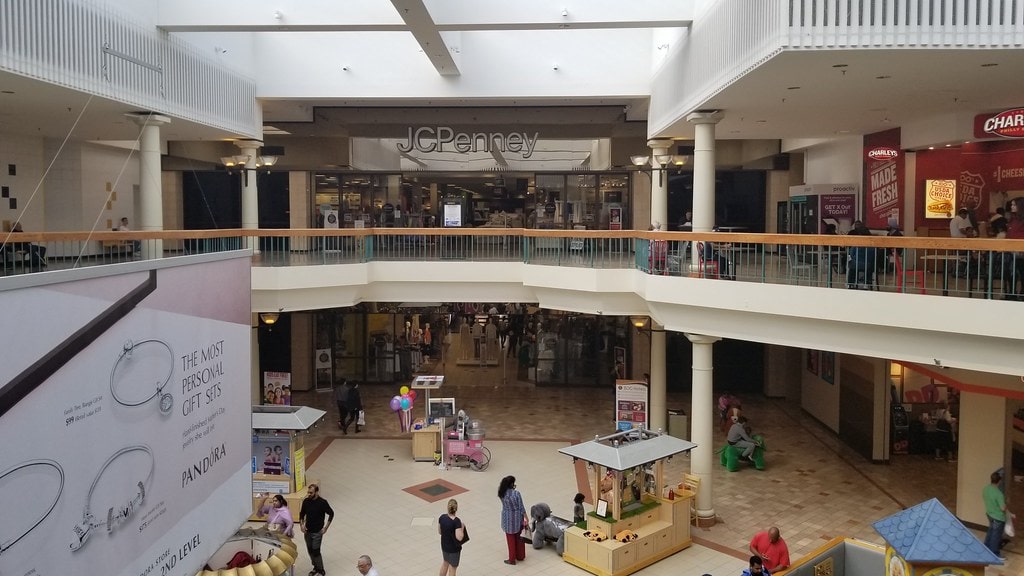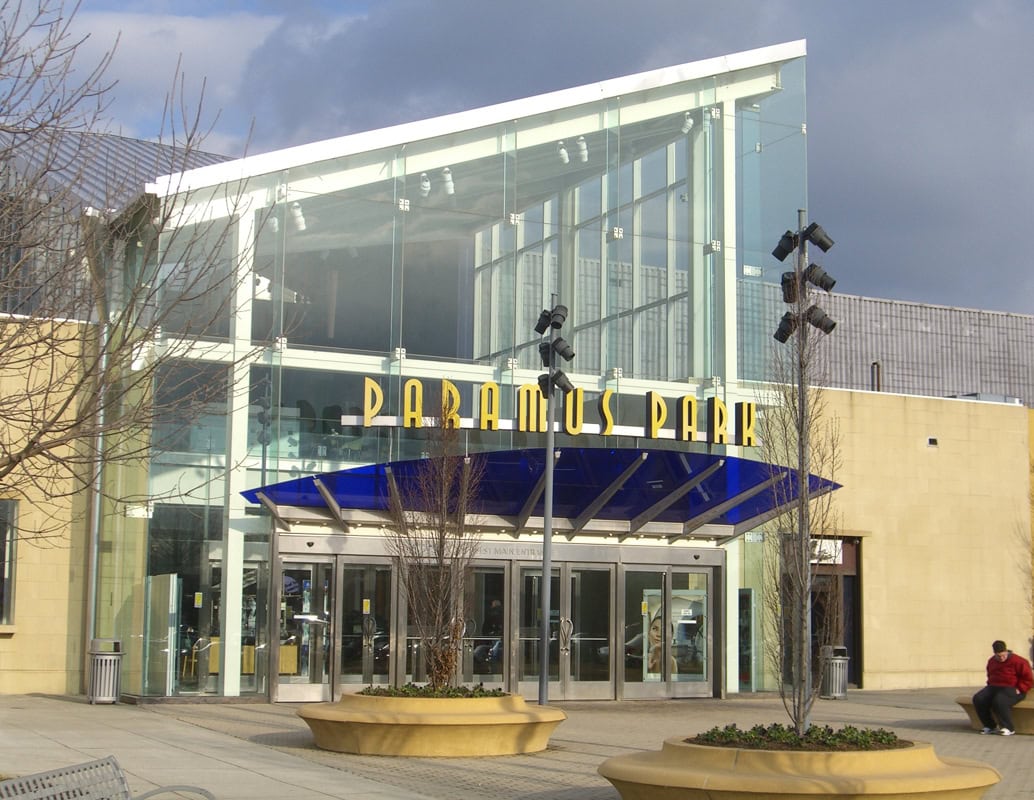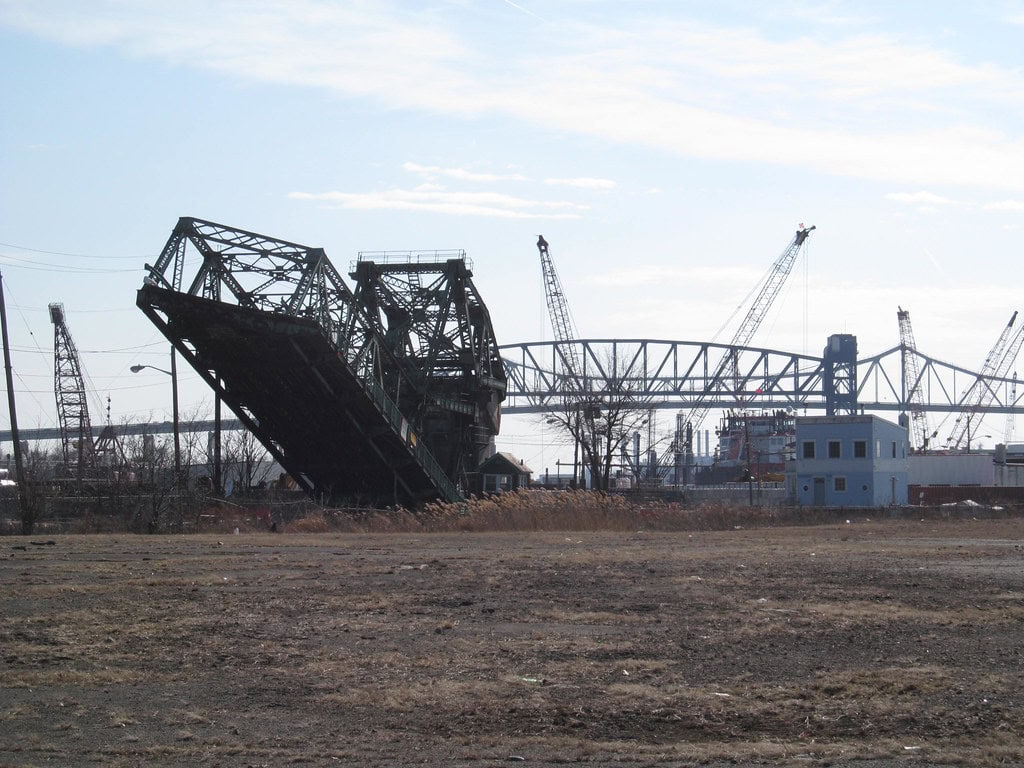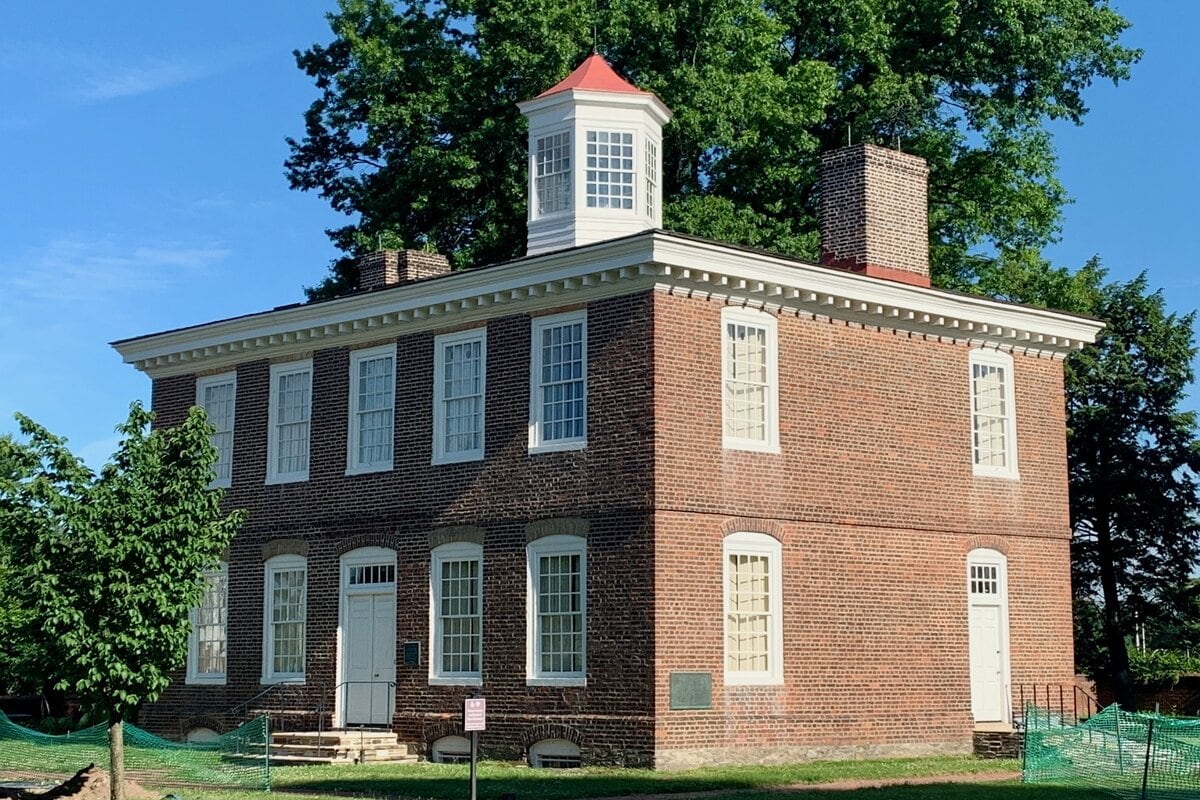A State Hospital, Set Far Back from the Road
The main drive curved off Route 520 and passed under old elms before rising to the hospital's central green. Brick cottages stood quiet and symmetrical, designed to be ordinary. At full scale, the Marlboro Psychiatric Hospital occupied over 590 acres of Monmouth County farmland.
Construction began in 1929. The first wards opened in March 1931. By that summer, it was taking in hundreds of patients at a time. Most came from central New Jersey towns and counties with few alternatives.
Over the years, the campus held more than just buildings. There were smokestacks, barns, silos, an orchard, a dump site, a dairy, and even an underground utility tunnel wide enough to walk through.
Traces of those systems lasted long after the final patients left. The local memory did, too.
For people searching out old sites, forgotten names, or quiet parts of Monmouth County, there's a reason to walk this place.
What was Marlboro Psychiatric Hospital, and why was it built?
The land was raw clay and woodland before 1928 when New Jersey bought 509 acres for $76,000. Marlboro Township had access to rail lines, artesian water, and enough space to isolate without enclosing.
Construction began in 1929 with the intent to move patients from overcrowded state facilities in Trenton, Greystone, and Ancora.
Marlboro Psychiatric Hospital used a "cottage" plan: clusters of two-story red brick dormitories with sloped roofs and double-hung windows.
The layout allowed for natural separation by gender, diagnosis, and function. There was no single main building. Instead, the campus followed a distributed system that grew by annex.
Initial funding came through state bonds. Between 1934 and 1937, several expansions were covered by federal WPA funds totaling over $300,000.
These funds paid for barns, laundry rooms, farm buildings, and new patient housing. By 1939, the facility included more than 30 structures and was prepared to house nearly 800 patients.
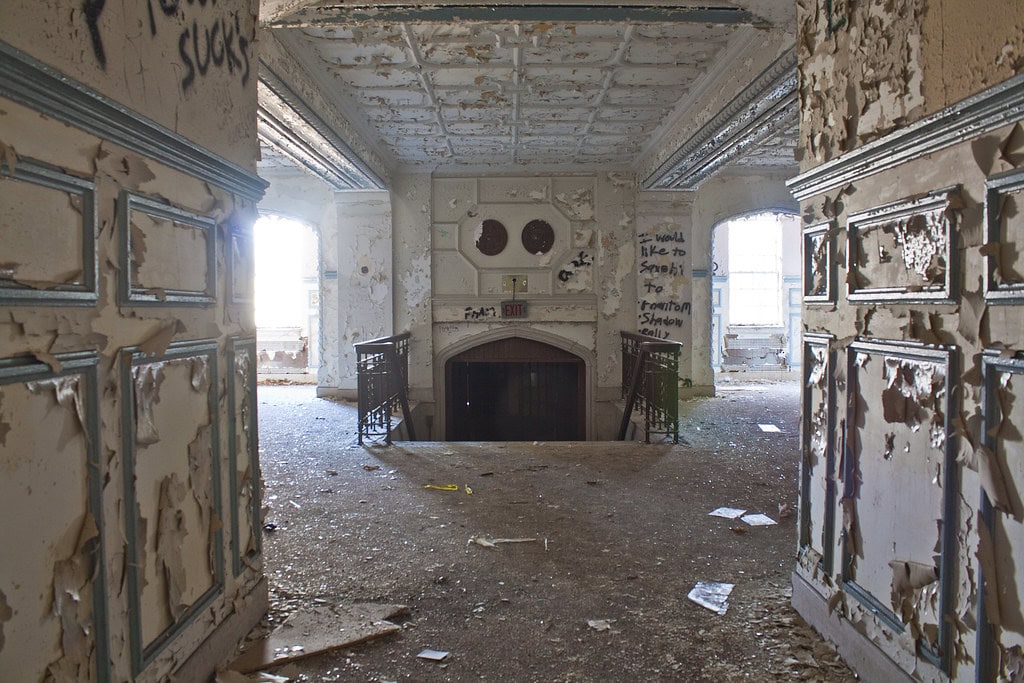
How did patients live and work at the facility?
Daily life on the Marlboro Psychiatric Hospital grounds followed a routine tied more to labor than therapy.
By the early 1940s, patients ran much of the campus economy. They milked cows, shoveled ash, plowed fields, repaired plumbing, cut hair, and worked in the laundry.
In 1951, hospital officials reported that 32% of Marlboro's food supply was produced onsite, including pork, corn, canned vegetables, and nearly 60,000 gallons of milk.
The dairy barns were inspected regularly by the state and operated with licensed equipment. Slaughterhouse work was handled by supervised patients using facility-grown livestock.
A glass-enclosed greenhouse near the power plant offered seasonal work for those who couldn't tolerate farm conditions.
Orchards and cornfields stretched over 150 acres in peak production years, part of a budget model that emphasized "occupational therapy" without payroll.
Alongside the work came small comforts. The hospital ran its own orchestra, first documented in 1937, with about 45 members by 1939.
Music was broadcast on local public radio. A volunteer-run store called the Jigger Shop sold soda, gum, and magazines - proceeds funded holiday parties and uniforms.
Scout Troop 86, chartered in 1964, was made up entirely of patients and operated inside the grounds under Marlboro Psychiatric Hospital staff supervision.
What kinds of treatments were used on site?
In the late 1930s, Marlboro Psychiatric Hospital joined other state hospitals in testing insulin coma therapy. By 1937, records show 16 patients were undergoing the treatment, which involved controlled insulin overdoses followed by revival attempts.
The method fell out of use within two decades, but it shaped the era's language of cure and risk. In 1941, Marlboro's staff psychiatrist reported using hypnosis on 37 cases involving delusions or psychosomatic disorders.
Around 40% showed improvement, though the criteria were inconsistent.
Marlboro's children's ward opened in December 1939 and was housed in the E cottage. It included children with intellectual disabilities, emotional disturbance, and behavioral disorders.
In 1946, the ward was transferred to the Allaire State School. The closure was partly administrative and partly driven by new federal funding standards.
By 1978, all child psychiatric care at Marlboro Psychiatric Hospital had ended.
Postwar years brought more medication than procedure. Electroconvulsive therapy remained in use through the 1970s, and standard pharmaceutical regimens expanded during the 1980s.
There was no full surgical unit on site. Medical emergencies were sent by ambulance to area hospitals. As outpatient treatment models grew in the 1990s, Marlboro's inpatient population declined. Some cottages sat locked and unused for years.
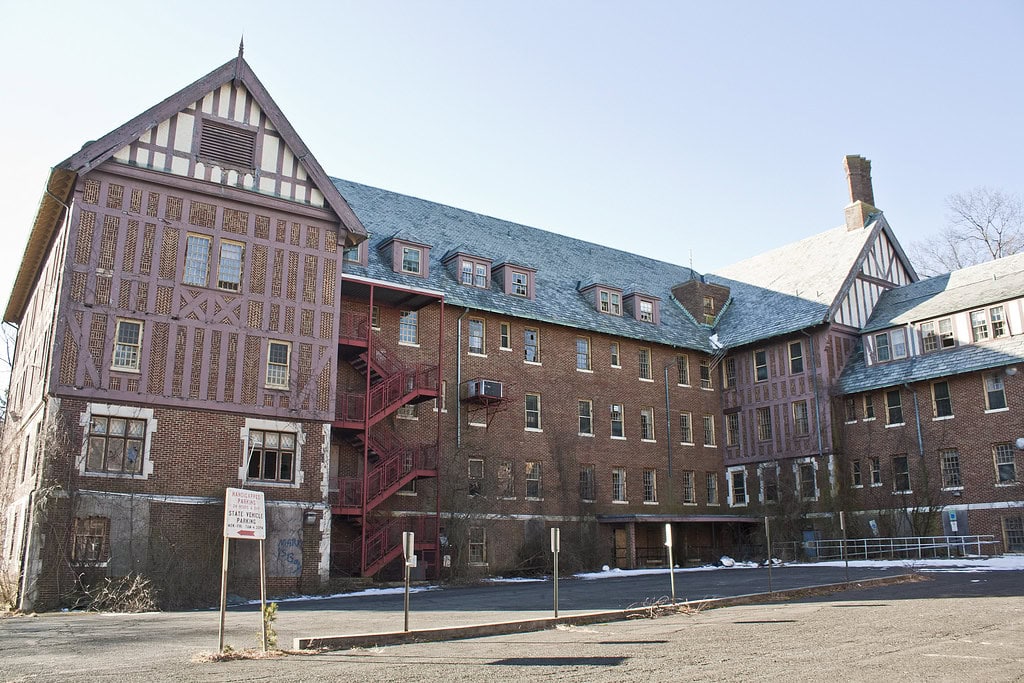
When did problems begin to surface?
By the early 1960s, fire inspections and maintenance reports had already started to flag gaps. In 1965, a state fire marshal's review noted that 272 patients at Marlboro Psychiatric Hospital were bedridden in rooms without accessible outdoor exits.
The hospital operated without a sprinkler system and lacked nighttime security staffing in several cottages. That year's report wasn't the first, but it pushed the issue of infrastructure failure into the public record.
The headlines that followed weren't all from inspectors. In August 1979, five patients died, and over 130 fell ill after being served contaminated chicken salad.
Lab tests identified Clostridium perfringens as the cause. This wasn't an isolated episode.
In previous years, reports had circulated about locked wards being left open, unsupervised patients walking off the grounds, and staff physically striking residents.
A 1976 lawsuit filed by families of long-term patients accused the hospital of unsafe restraint use.
Years before its closure, then-state senator Richard Codey went undercover as a ward aide at Marlboro Psychiatric Hospital.
While on shift, he observed staff sleeping, unsanitary rooms, and improper restraint practices. His report led to a state investigation, staff changes, and closer monitoring by health officials.
Long before the last patient left, parts of the facility had already been taken offline due to asbestos, mold, and unstable construction.
Why and how did Marlboro Psychiatric Hospital close?
Governor Christine Todd Whitman announced in July 1995 that Marlboro Psychiatric Hospital would close as part of a statewide shift toward outpatient and community-based care.
Staff were notified over the summer. The final operational date was set for July 1, 1998.
The shutdown wasn't immediate. During the three-year transition, patients were assessed and moved to Ancora, Trenton, or, in some cases, to licensed group homes.
Medical records were boxed and stored under a lock. Some longtime employees accepted early retirement buyouts; others transferred to remaining facilities.
Vendors and contractors were phased out gradually, though some stayed through 1999 for site maintenance.
After closure, the hospital buildings stood empty. Their heating systems were disabled, but the plumbing remained live for months, and the glass windows were left intact.
Doors were sealed with plywood, but vandals gained access anyway. The copper piping was stripped.
In time, the paint blistered, black mold spread through attics and tunnels, and asbestos warnings were spray-painted across entry points.
No immediate reuse plan followed the closure, despite early proposals from private developers and local officials.
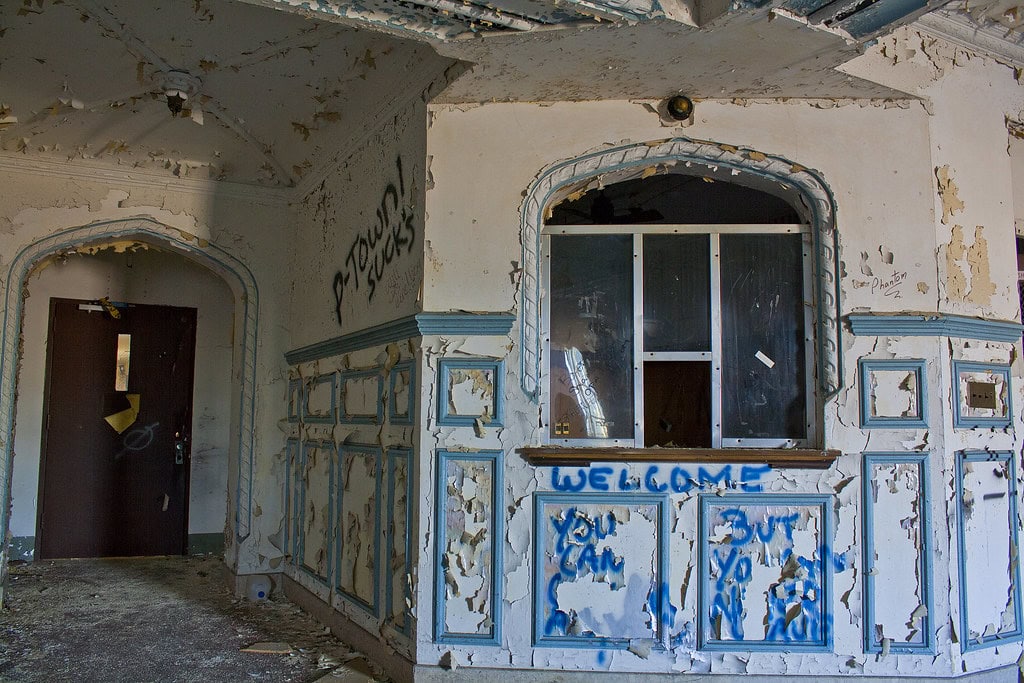
What happened to the buildings and land after closure?
By late 1998, the Marlboro Psychiatric Hospital campus was sealed off but still fully visible from the road. Dozens of structures remained intact, including dormitories, the dining hall, the chapel, the powerhouse, and the service sheds.
Vandals broke glass, pried open access doors, and tagged walls. There was no full-time security detail. From 1999 through 2012, the state issued various requests for proposals, but none moved forward.
Demolition began in June 2013. The project was split into phases, starting with asbestos removal, lead abatement, and tank disposal.
Old transformers were tested for PCBs. Tricon Enterprises handled a portion of the work under contract with the New Jersey Department of Treasury.
The total cleanup cost exceeded $75 million by September 2013. Wastewater lines were upgraded using a $3.58 million bond issued by Marlboro Township in 2011.
By early 2015, over 90 buildings had been razed and removed.
Still, the site stayed fenced off for years. As of mid-2025, no permanent development has taken place on the cleared land, but it has been incorporated into the Monmouth County Park System.
Is the hospital cemetery still there?
Yes, and it has always been. The cemetery sits on a quiet slope of what was originally part of the state-owned hospital parcel.
It opened in 1931, the same year as the first patient admissions. The earliest graves are marked with small concrete posts stamped with numbers instead of names.
Most burials were of patients with no known family or no relatives willing to claim them.
By the late 1980s, local advocates began pushing for a way to identify those buried. In 1991, a stone pavilion was constructed just past the gate.
Inside, it is a rotating locator dial that matches grave numbers to a bronze wall listing the full names.
At that point, 924 burials had been verified through state records.
The pavilion, paid for in part by volunteers and state funds, remains open to visitors. In warm months, its benches are shaded by trees that predate the structure itself.
Floral arrangements are occasionally placed near the entrance. Grave markers still stand flush to the grass, worn down but legible.
There is no staff presence, no signage beyond the pavilion, and no plaque that mentions the hospital by name.
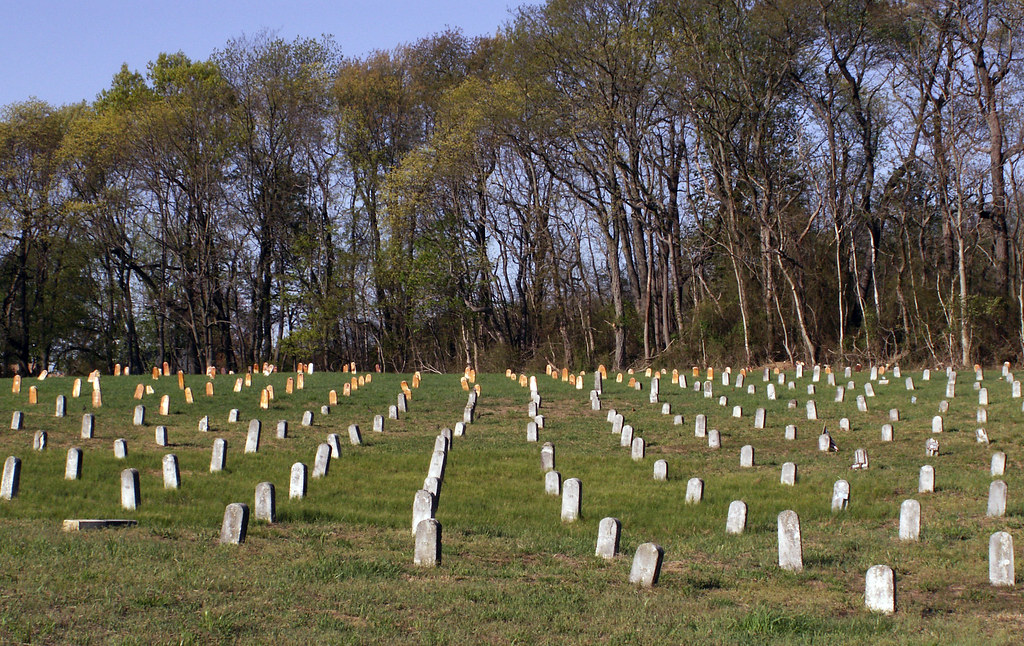
🍀

